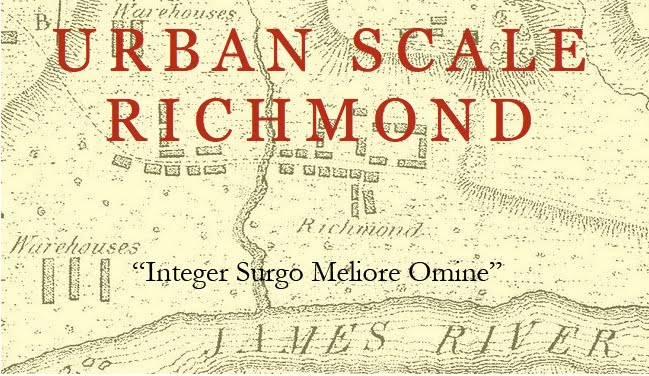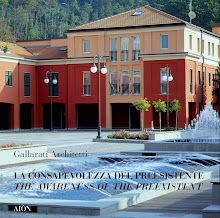This summer urbanismo worked with an Italian architect, urbanist and student of the Muratori school of urban morphology. He recomended a book by his teacher, Gianfranco Caniggia. Interpreting Basic Building: Architectural Composition and Building Typology serves as a good introduction to the well established Muratorian tradition. As the year progresses we will continue to explore this intriguing way of looking at the city.
"To say that a discipline is in crisis may appear to be a negative judgment; in actual fact, a crisis is always synonymous with discomfort for those involved and for those who undergo it. However, there is no doubt that crisis arises whenever any structure whatsoever is ineffective, in the above mentioned way, in adapting to new, different needs. What makes that crisis positive is that it is an attempt to adapt and laboriously strike a new balance vis-à-vis a changed reality. The history of the crisis of composition can be, perhaps reductively, delineated in brief. A certain codification of the teaching of composition was in force at the time the first “universities of architecture” in Italy were formed, that is, between the 1920s and the 1930s. This codification soon proved to be inadequate, inasmuch as, in the following decade, innovative pressures were such that the system of formal rules derived from the academies had to be replaced with a generic promotion of the personal inventiveness of individual students, in a direct relationship with the individual lecturers. The Modern Movement had, therefore, entered into teaching the point of which was almost entirely the comprehensive desecration of the academic codifications, that is to say, almost entirely the negative opposition to previous formulations.
However, what did not change in the old academy was the concept of architect’s traditional role as constructors of exceptional products and creators of new forms in opposition to methods used to produce buildings before each was its own creative act. In this way, composition was taken to be a subject suited to developing individual creativity, in a specifically personalized way, to foster the heterogeneity of products and a vague inventiveness professing aestheticism. This formula is extraordinarily efficient in educating architects capable of serving a clientele (relatively important if public or private) and providing them with a consumer product deliberately in opposition to any context, to any existing building and to any civil continuity.
This didactic form spread to almost all teaching of architectural composition (except a few, worthwhile exceptions, first and foremost the redefinition of the subject according to a consistent dialectic based on the analysis of existing building and on the conceptual and ethical assumptions of mankind’s building activities as developed in Rome by Saverio Muratori) and it lasted until the late seventies, when the evident inadequacy of the pseudo-methodology to the changed social role of architects led to a series of attempts to interrelate better with the actual human environment.
Many of these attempts undoubtedly caused uncertainty in the aims and boundaries of the discipline. Faced with a lack of specific methodology, there was an overall attempt to link up with the actual environment from other specific disciplines such as economics, sociology, and psychology. Some forms of current teaching of architectural composition, including our own, derived from directly from or indirectly from Saverio Muratori’s thought, teaching and research, and took the role of the disciple to be completely the opposite."
Gianfanco Canniggia and Gian Luigi Maffei, trans. Susan Jane Fraser. Interpreting Basic Building: Architectural Composition and Building Typology. Alinea, Florence: 2001. p. 32.













